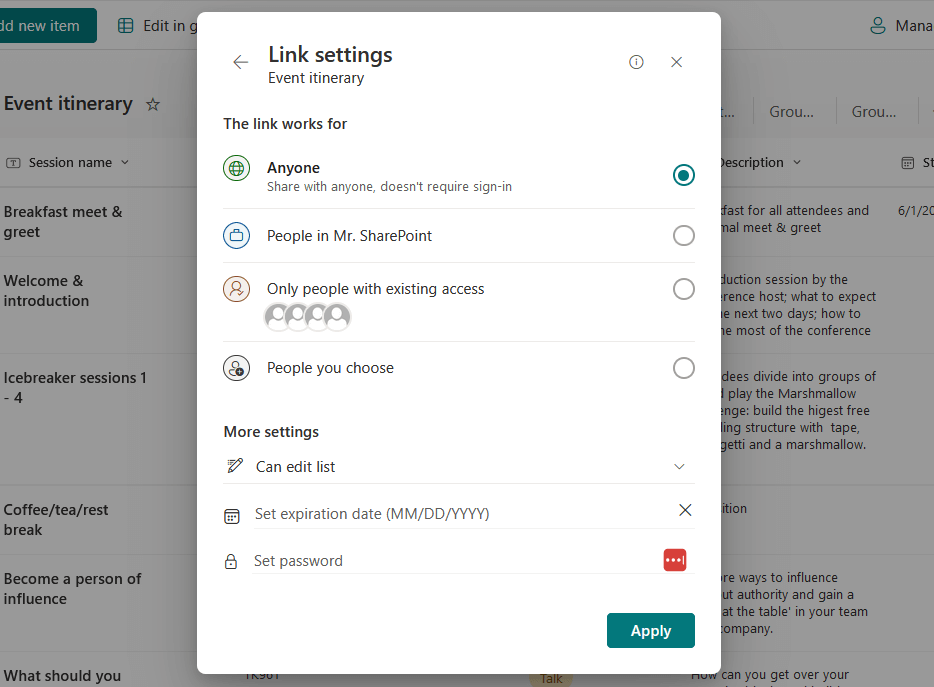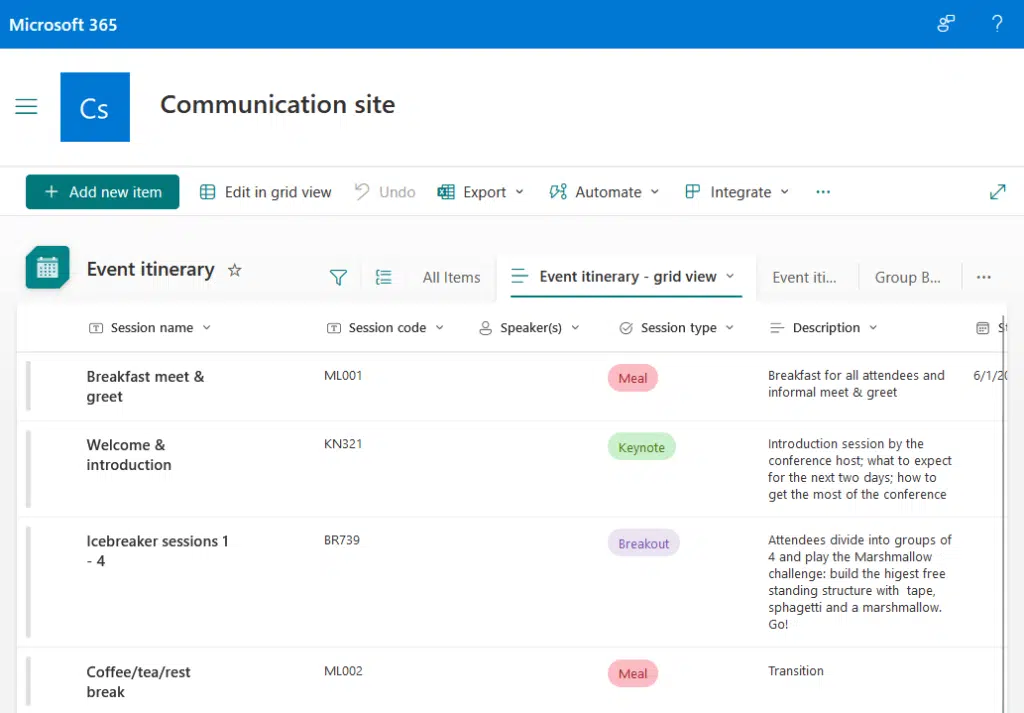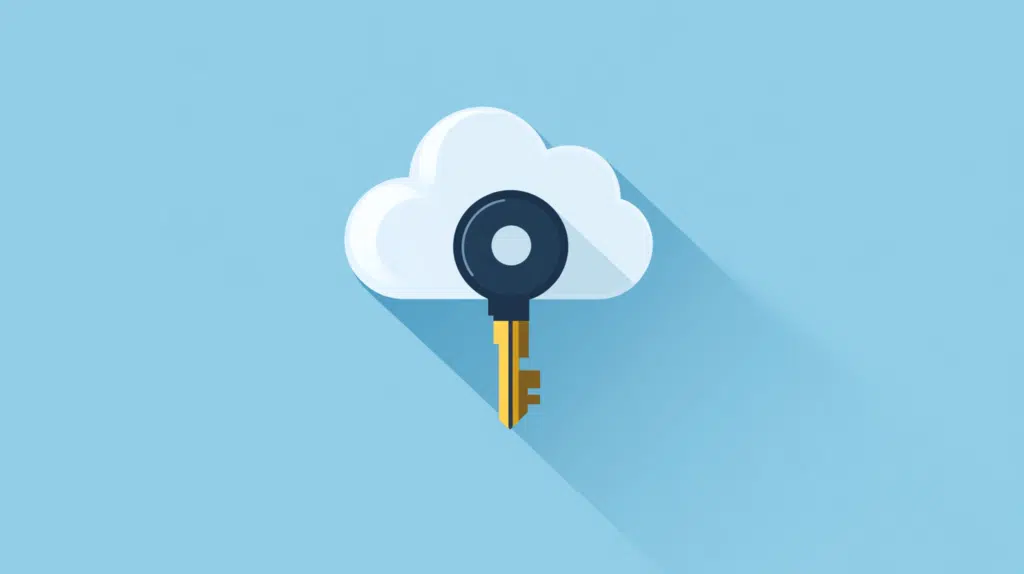Last Updated on October 23, 2024
Can others use SharePoint that easily?
In this article, let’s answer the question “Do outside users in SharePoint need a Microsoft license?” by putting it to a test.
Let’s get started.
Table of Contents:
Well, let’s clear up first who outside users are, like, are they the same as external users?
Technically, these are people who don’t belong to your organization but need access to certain SharePoint sites/files.
Here are their key characteristics:
- They don’t have a formal account in your company’s Microsoft 365 or SharePoint system.
- They’re invited to view or collaborate on specific sites or documents.
- They typically access SharePoint through a secure link sent by your organization.
External users can collaborate, but they often have limited access compared to internal users.
Remember that they may not have access to all SharePoint features or internal resources.
Sign up for exclusive updates, tips, and strategies
In a nutshell, SharePoint licensing determines what features users can access based on the type of subscription they have.
Here’s an overview of how licensing works:
- Microsoft 365 plans: Most include SharePoint as part of a suite of apps like Teams, Word, and Excel.
- License types: Users can have different licenses (Business Basic, Business Premium, or Enterprise).
- Internal user access: Full access to all SharePoint features depends on the user’s specific Microsoft 365 license.
But internal users typically require a Microsoft 365 license to use SharePoint.
Licensing impacts how much storage users have, what SharePoint features they can use, and the level of collaboration available.
👉 Related: SharePoint Editions: A Detailed Comparison and Review
Do they need a Microsoft license?
Here’s the thing:
Outside users, or external users, typically don’t need a Microsoft license to access SharePoint if they are only invited to collaborate.
And that’s easy to test, just set your link settings to “anyone” as shown below:

Now, when you share that link, anyone will be able to view that content even without signing in to Microsoft.
Take a look at the screenshot below and you won’t see any account information item in the top-right corner.
Here:

This “extra” feature doesn’t have extra costs, but always monitor the level of access here to avoid security risks.
👉 Related: SharePoint File Sharing With External Users: Quick Guide
Limits and Restrictions for External Users
I explained this a little earlier:
Although external users can collaborate, they have several limits and restrictions compared to internal users.
These include:
- Can’t use advanced SharePoint features (like creating new sites)
- Can only view or edit the files and sites they are invited to
- Don’t have access to the inviting organization’s OneDrive
Additionally, external users won’t have access to other integrated Microsoft 365 apps, like Teams, without further permissions.
If you want to manage this, you can configure the external sharing settings while enabling collaboration.
👉 Related: External Sharing in SharePoint Online: How Does It Work
Do you have questions about granting access to outside users in SharePoint? Let me know below.
For any business-related queries or concerns, contact me through the contact form. I always reply. 🙂

